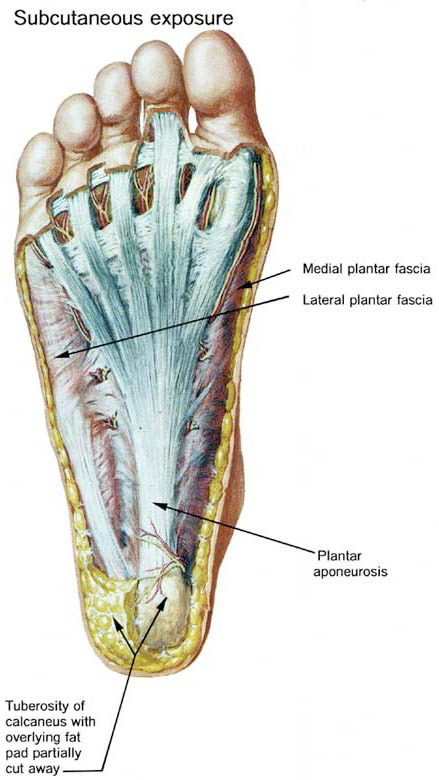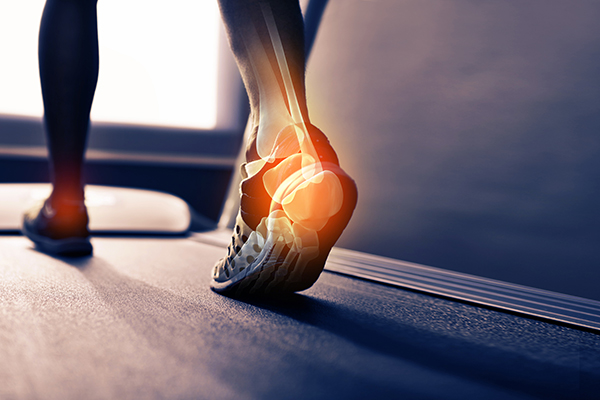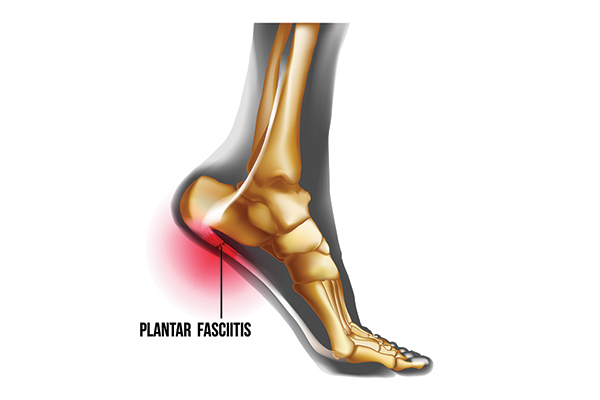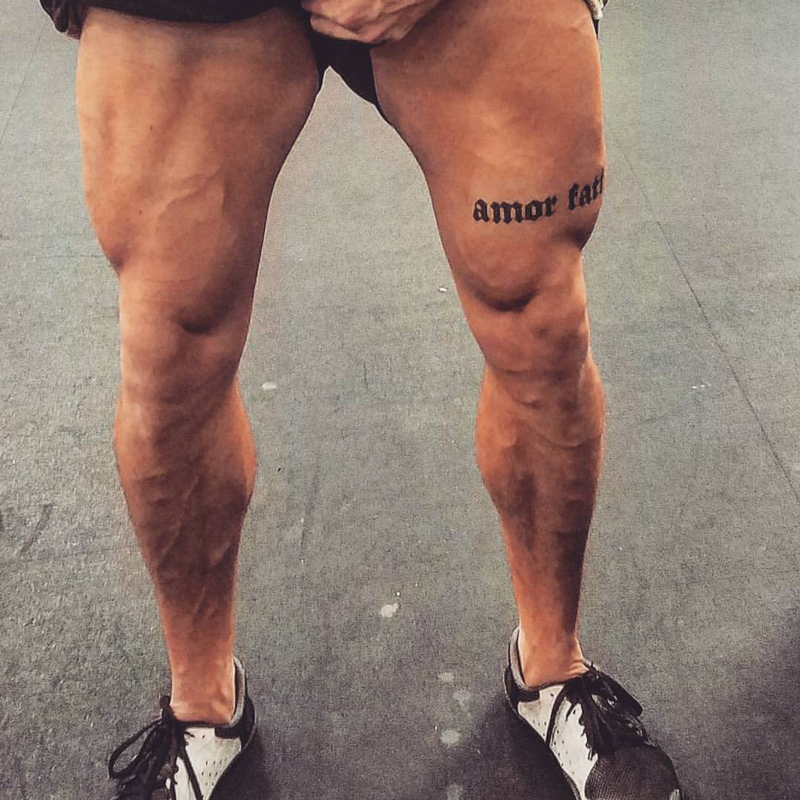Plantar Fasciitis/Heel Pain
Statistics
If you have or presently suffer from plantar fasciitis, you are not alone. Studies suggest that over 2 million cases are reported in the US every year. Over the past 15 years, ¾ of my clients have suffered from this debilitating ailment; myself included.
Symptoms
Classic symptoms include pain with the first few steps in the morning or after long periods of sitting. These symptoms may decrease somewhat with activity. These first painful steps cause a sudden strain to a cold, inflexible band of tissue. The pain is commonly centered at the bottom of the heel, but symptoms may radiate into the arch or up the sides of the heel and into the Achilles tendon. Upon initial symptoms, many have described the pain as feeling like a “stone bruise”.
In Person or Online
We have always offered two options to purchase your Elite Feet orthotics. Two locations: Boulder, CO and Austin, TX.
learn
Plantar refers to the bottom of the foot and fascia is a type of tissue. The plantar fascia is a flat band of dense connective tissue, which starts at a shelf along the bottom of the heel bone and splits into three more bands which further divide and insert into each of the five toe joints. It is the heel attachment that suffers the greatest amount of strain or micro tearing, because it attaches to a very small area of bone and is constantly under stress.
When the pain is severe, it is believed to be the result of bone and/or nerve irritation, which can be the result of muscular imbalance, inflammation, scar tissue, or muscular degeneration in the fascia. A vicious cycle will occur as injury leads to scar tissue, which leads to more injury. Plantar fascia scar tissue can adhere to other tissue in the area, thus causing more pain and damage when the fascia is under stress, such as the first morning steps or with exercise. Scar tissue is never as flexible and strong as the original tissue. As the fascia incurs more injury, the fascia will get thicker with scar tissue, which will increase nerve pressure.



Support
Orthotic Impact
Orthotics are especially effective for plantar fasciitis because they will carefully guide your feet into the correct biomechanical position. Orthotics provide support to the arch and control to abnormal ankle movement. This support will decrease the constant pull of the plantar fascia on the heel bone. Additionally, orthotics will customize your shoe fit, increase the total area of the foot that comes into contact with the ground, thereby increasing stability and shock absorption. Orthotics will also help to decrease weight bearing on the painful heel, which will eliminate your need to compensate and shift your weight to other areas that could then become problems.
Above all, if you are uncertain about your problem you should contact your personal physician, as they will be able to make a proper diagnosis of the symptoms.
Treatment
Treatments should be centered on correction of the problem. Such treatment will include stretching, strengthening, and orthotics/arch supports to help correctly align biomechanical irregularities. Additionally, treatments, which will help to decrease inflammation, include ice massage and ice baths, anti-inflammatories, deep tissue massage, and physical therapy. The heating affect created by the body is much deeper than any heating pad can penetrate. Increasing blood flow to an area which is restricted, such as the plantar fascia, will lessen healing time. Therefore, movement and load are indicated for proper healing.
Begin with massage of the foot and arch prior to rising from bed. Additionally, range of motion exercises like rotating the foot in circles (in both directions) and/or drawing the alphabet with your toes. This will help target blood flow to tissues prior to weight bearing.
Icing the foot and calf in a bucket of water is the GOLD STANDARD to reduce whatever inflammation may be present. Ice 2-3 minutes and then let the body rewarm itself. Follow by any muscle activation or foam rolling like movements.
Heel Spur
If a heel spur is present, the location of the pain is usually centered just in front of the heel, toward the arch. A spur develops as fascia tearing occurs at the bone. The bone may attempt to heal itself by producing new bone that extends away from the original bone, in the direction of the tear. True heel spurs tend to be painful during their early development and as the spur enlarges, pain from the spur will often diminish.
The actual presence of a heel spur only complicates the situation because as long as it’s there, there is always a possibility of reirritation of the fascia band. However, many recent studies suggest that it is this inflammation, rather then the spur which is primarily responsible for the pain.
The most important thing you must remember about plantar fasciitis is that it took many months or years to develop and thus it will take time to heal – be patient. Often, plantar fasciitis can appear cured, only to return. You want to be pain free for at least 1-2 weeks before you attempt to begin activity again. Remember – Start slowly. During this time you should also continue to stretch and apply ice after exercise.
Plantar fasciitis has many causes, but will usually be the result of your foot type. Foot type defines the shape and structural makeup of your foot. Your foot type is mostly the result of genetics, injuries and general wear and tear. Common causes of plantar fasciitis include activity changes (too much, too soon), being overweight or sudden weight gain, tight leg muscle groups, worn out shoes, or acute injury.


